
Culture
09:46, 23-Oct-2017
Frost’s Descent: Time to say goodbye to autumn
By Ai Yan
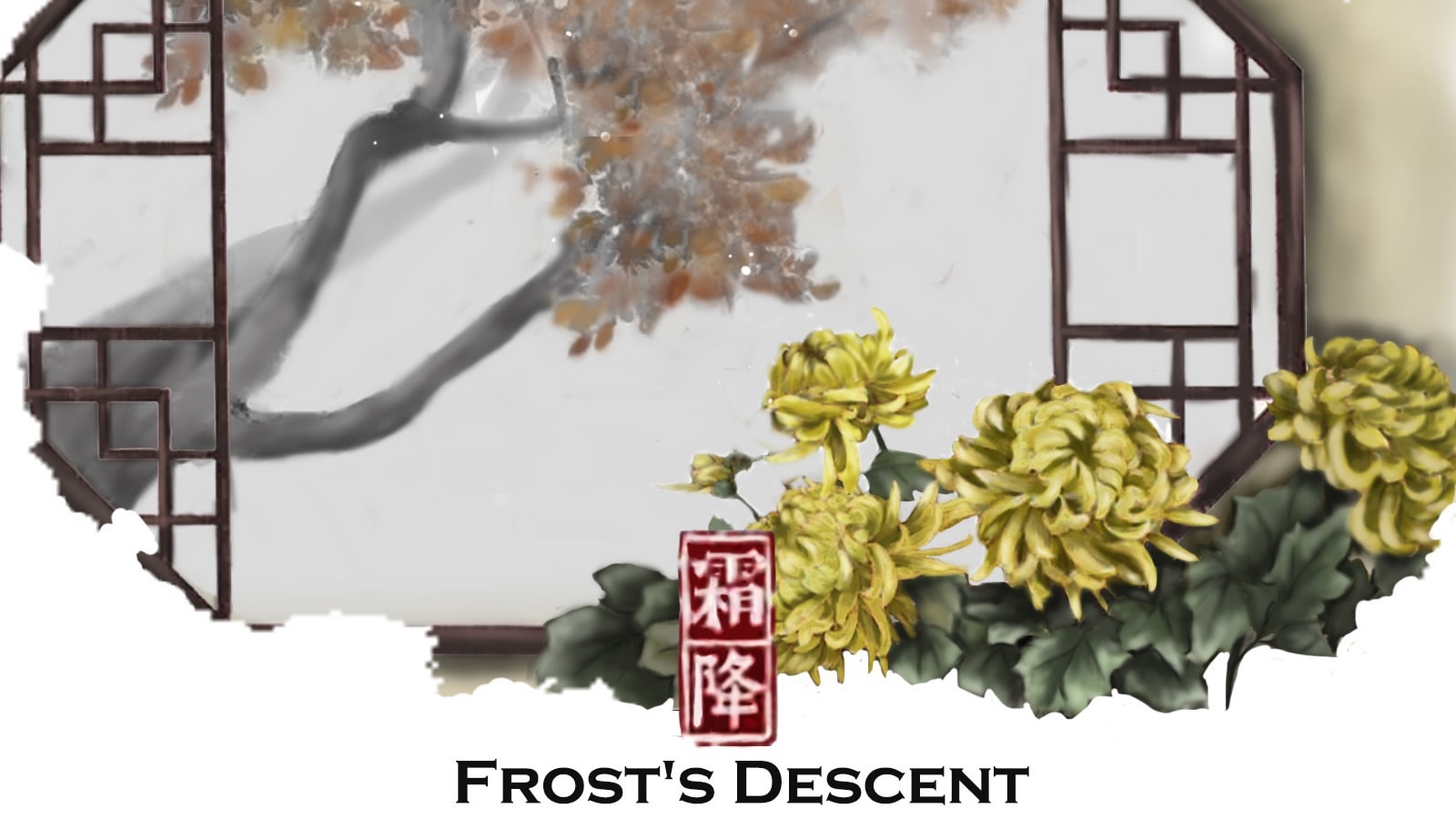
Monday marks the beginning of Shuangjiang or "Frost's Descent" in English, the 18th of 24 solar terms in the Chinese lunar calendar. It usually falls around October 23 and ends around November 7, making it the last term of autumn and signifying the last two weeks of the season.
Literally, it refers to the time when frost starts to descend across China, or "the dews were congealed into frost" due to the coldness, as recorded in ancient Chinese books.
An end and a new beginning
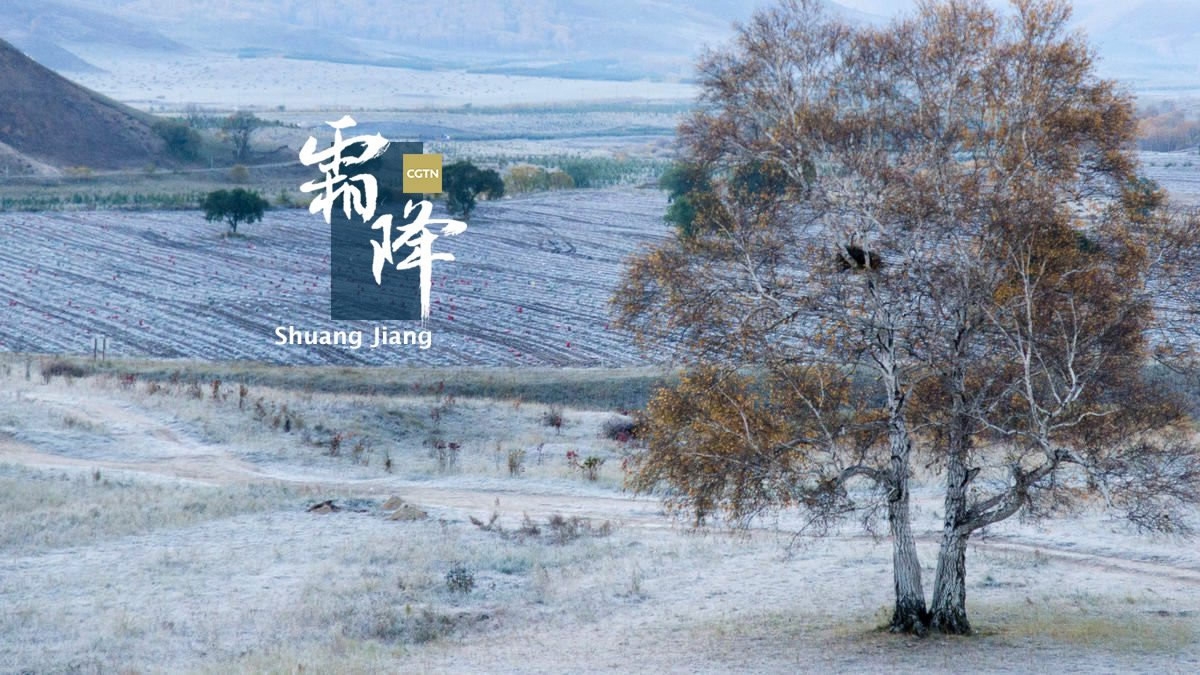
CGTN Photo
CGTN Photo
By the time of Shuangjiang, most of the harvesting work is already completed in northern China. Even the most cold-resistant crops can no longer grow. Large swaths of the fields in the north are done for the season, and farmers are now able to enjoy a hard-won rest.
But in the south, the harvest is still in its heyday, as farmers have to take home the sweet potatoes before they are destroyed by the coming frost, while the winter wheat and oilseed rape need to be mothproofed.
In south and north, after a year of farming, now it is time to plow the fields and prepare the soil for next year.
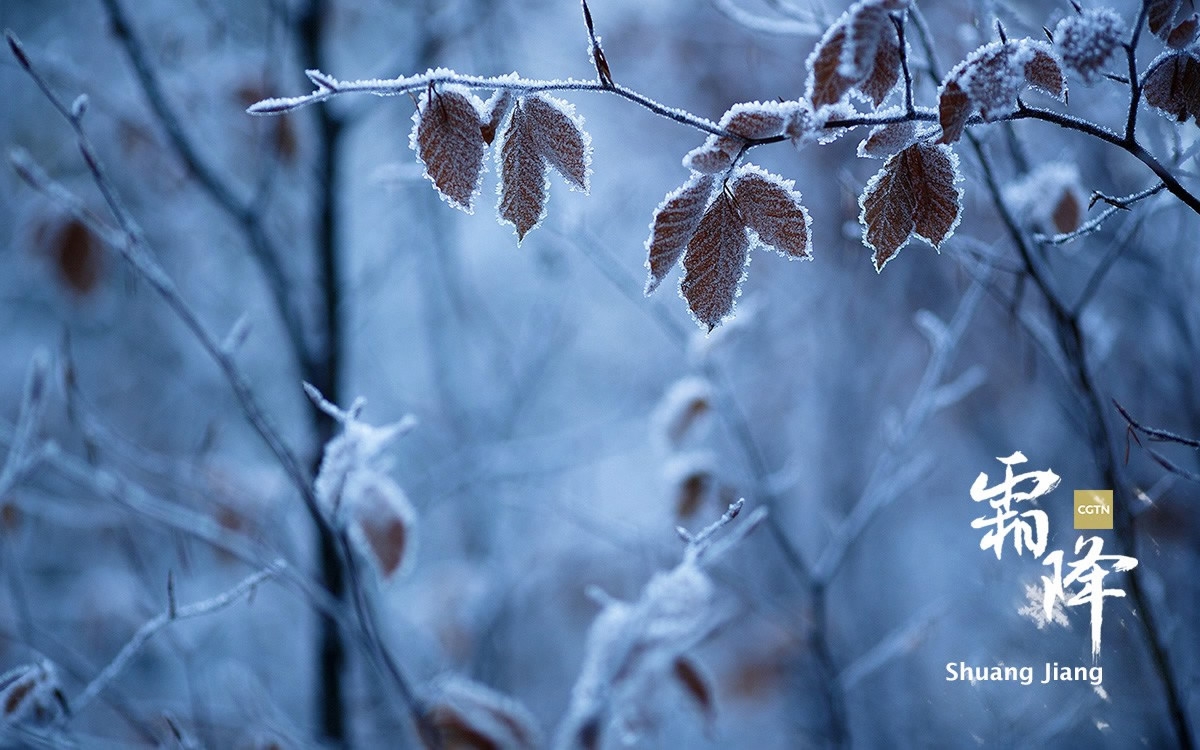
CGTN Photo
CGTN Photo
Enjoy a slice of the flaming red maple leaves
Autumn might be the most colorful season in China with the leaves turning from golden yellow to red. Activities like hiking become popular as people take in the bright red leaves.
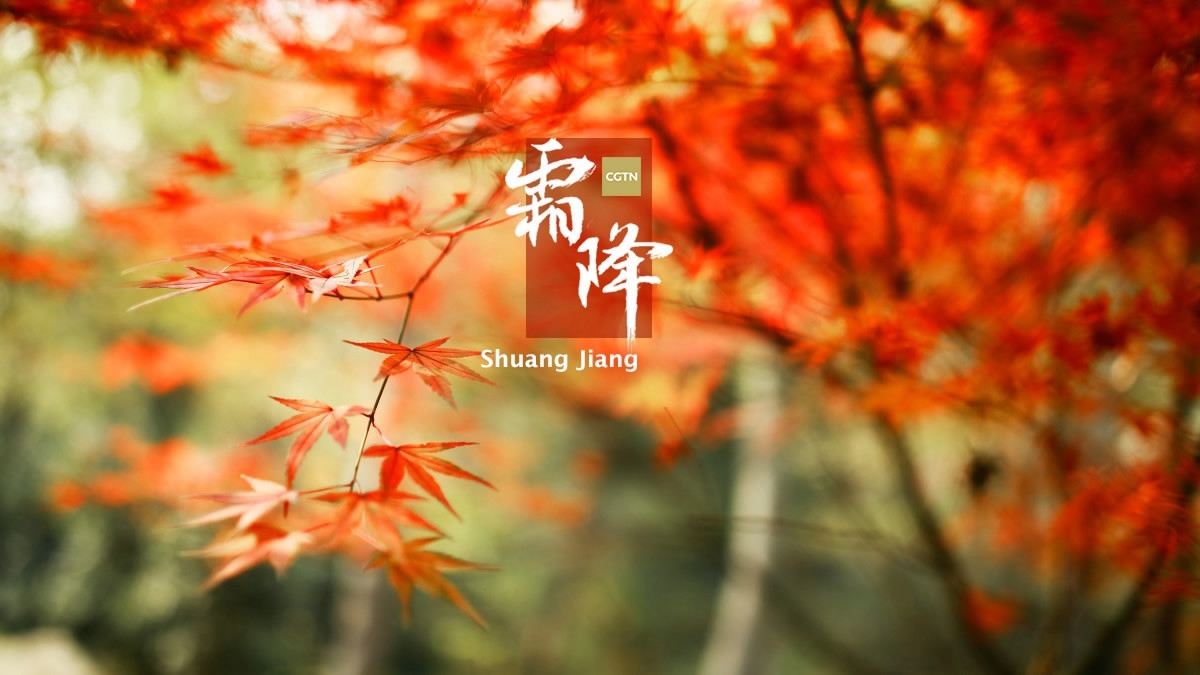
CGTN Photo
CGTN Photo
Nearly all the tourist websites list the best sites for admiring the red maple leaves during this time, and many cities' tourist bureaus start to even issue official routes for the most picturesque views of the leaves.
Reveling in the view is an old tradition starting in ancient times. Du Mu, a well-known poet from the Tang Dynasty (618-904) depicted the mountainous scenery in a poem: "I stopped the coach as charmed by the maple woods; Frosted autumn leaves outshine February flowers in redness."
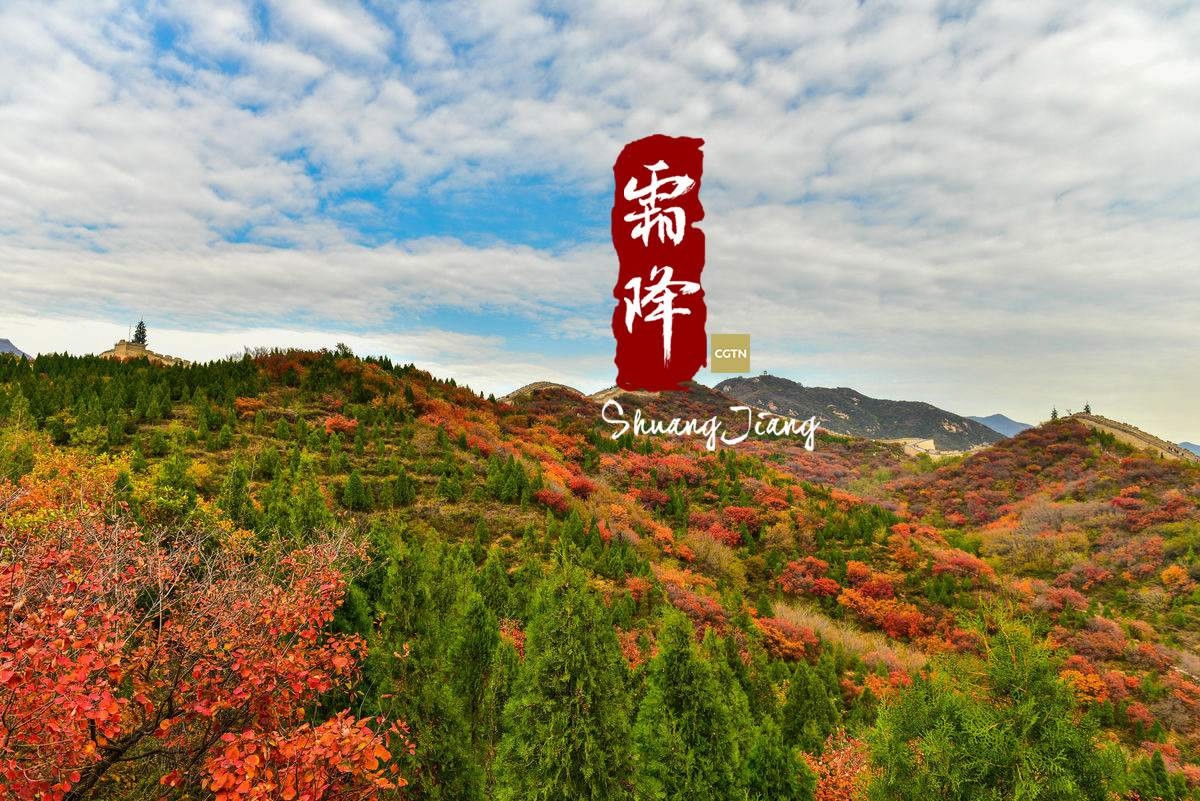
CGTN Photo
CGTN Photo
The Double Ninth Festival also falls during the season, a festival for the elders. Going hiking in the highlands is part of the celebrations practiced by the ancient Chinese people.
Best time for adjusting to a nourishing lifestyle
It is said that Shuangjiang is the best time to adjust to a nourishing life, which reflects the belief that this is an important time to focus on health. "Keeping warm" becomes a top priority.
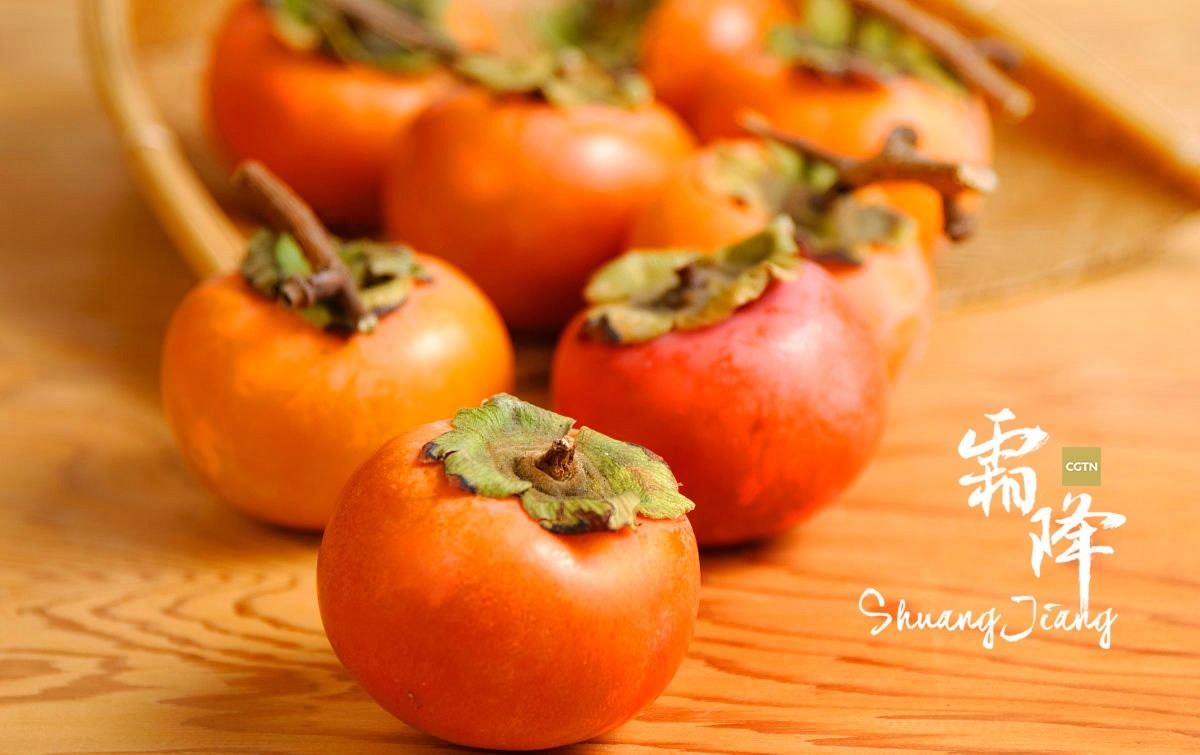
CGTN Photo
CGTN Photo
Persimmon is the favored fruit in many areas. The Chinese believe that permissions could not only keep off the coldness, but also strengthen the muscles and bones.
Other suggested fruits include apples, pears and bananas. Besides, honey, jelly fungus, chestnuts and sesames are believed to help supplement the necessary nutrition for the human body. On the protein side, chicken or mutton soup is believed to be good for the spleen and advised for the diet.
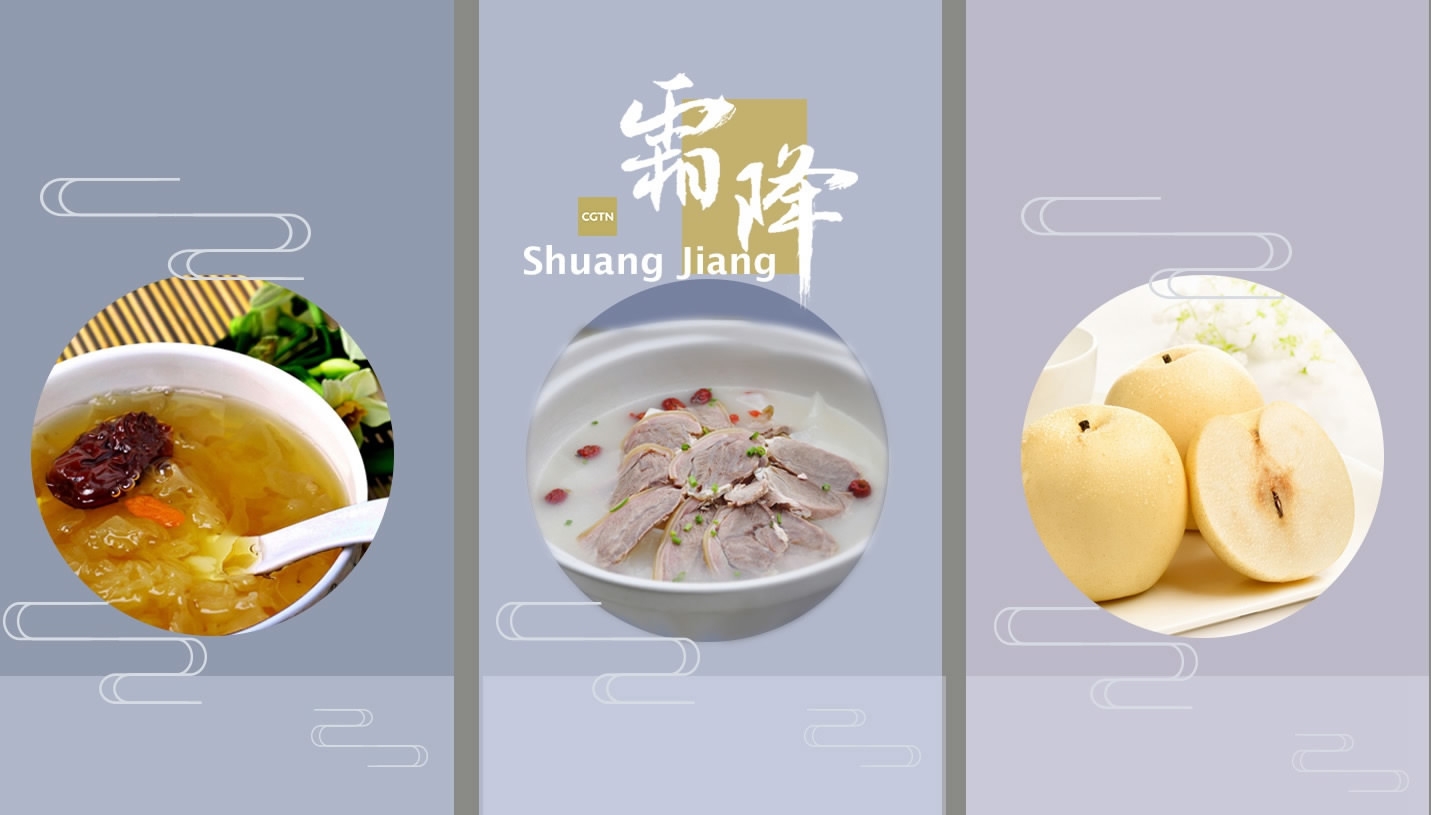
CGTN Photo
CGTN Photo
Shuangjiang, bringing the frost and freezing wind, is considered the last chapter of the autumn and the prelude to the coming winter.
For most Chinese, it is not necessarily a sad time, even though the autumn has come to an end. In winter, they are able to embrace a different, but equally beautiful scenery.
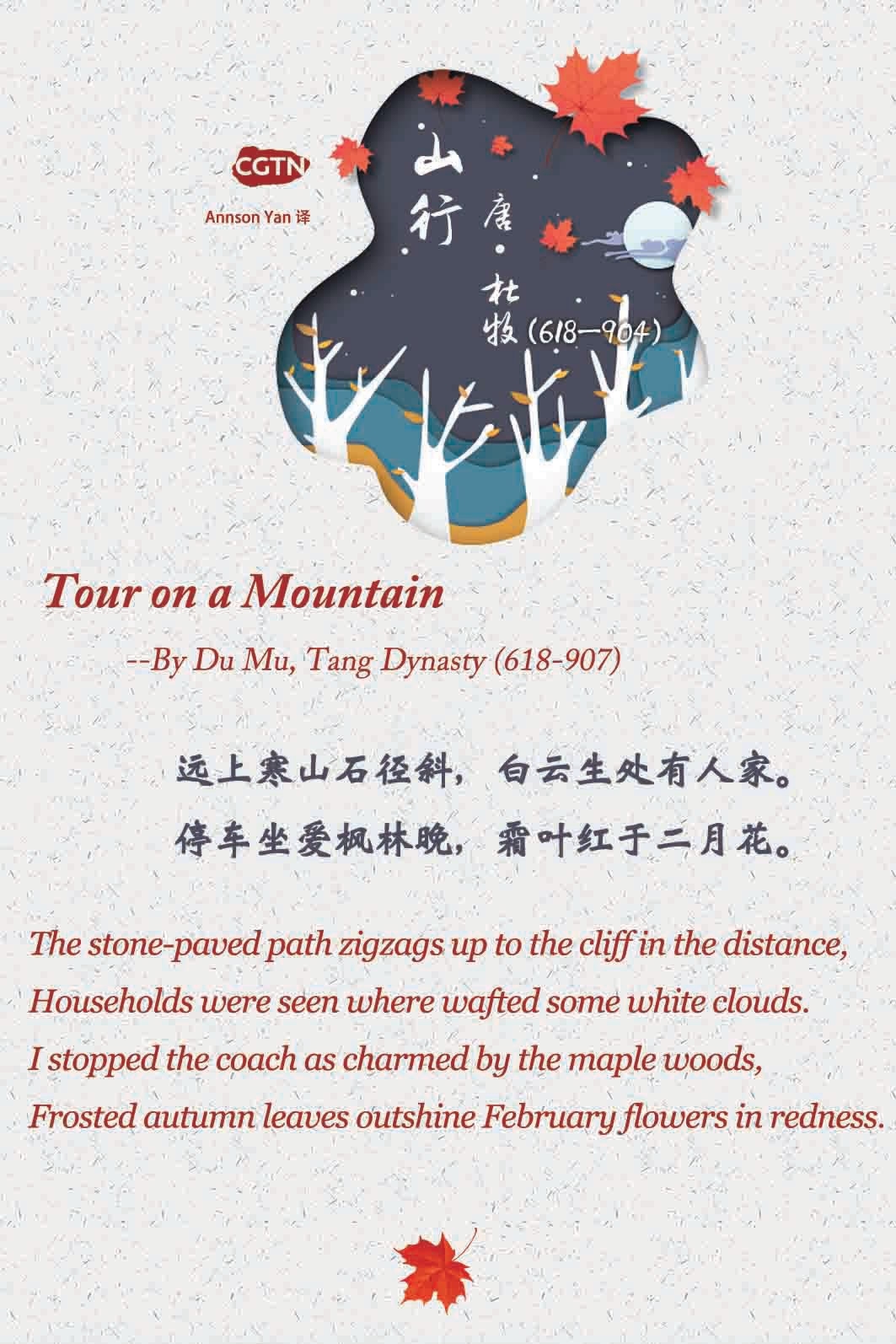
CGTN Photo
CGTN Photo
Top image by Ma Xiaonan; illustrations by Yu Peng, Li Yueyun.
5km

SITEMAP
Copyright © 2018 CGTN. Beijing ICP prepared NO.16065310-3
Copyright © 2018 CGTN. Beijing ICP prepared NO.16065310-3